Hard-Hit Young Asians Stepping Up In Fight For Climate Change
“It was horrifying. Because we lived in a small house uphill, I saw everything the typhoon devastated.”
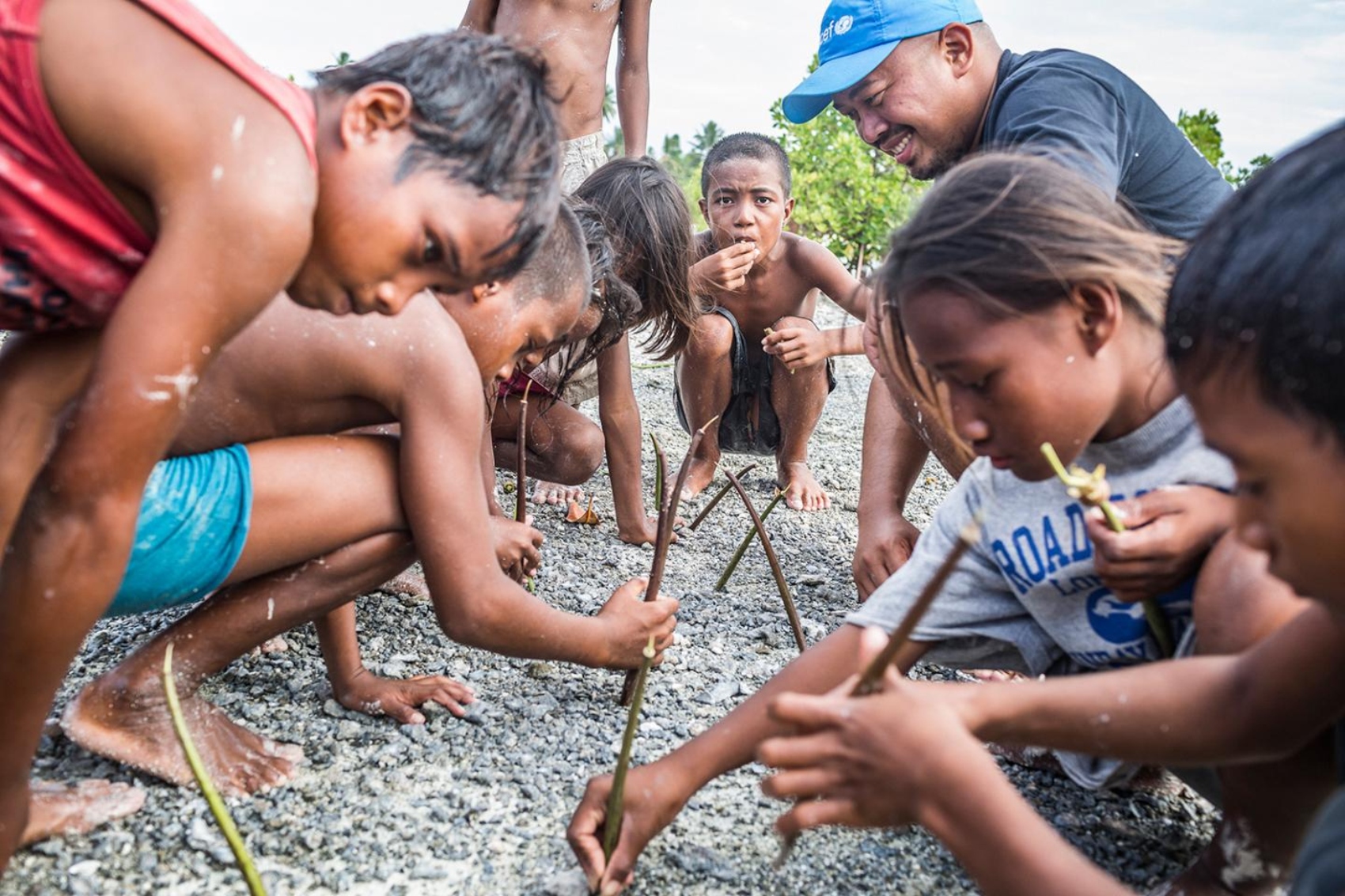
Photo: TYT
SINGAPORE: For several hours on Dec 16, 2021, in the Philippine city of Surigao, a small bathroom was all that stood between 15 people and Super Typhoon Rai.
Ms Karlette Vasquez, 19, and 14 of her relatives and neighbours had crammed themselves into it, as it was the only part of the house that still had some shelter.
This was after most of the roof and walls of the wooden and concrete house were torn away by the typhoon, which wreaked havoc on the area after it made landfall in the city earlier in the day.
Ms Vasquez said that as the typhoon rumbled and the winds howled, her 49-year-old aunt threw up due to fear while her cousin, 13, sobbed while clinging to her tightly.
She recalled: “I couldn’t see anything during the typhoon – the surroundings were just paper-white.”
It was only after Rai passed the area that she saw the extent of the damage around their nearly flattened house.
“It was horrifying. Because we lived in a small house uphill, I saw everything the typhoon devastated.”
Surigao City is the capital of the Philippines’ Surigao del Norte province, which was ground zero for Super Typhoon Rai.
This is unlikely to be Ms Vasquez’s last super typhoon ordeal.
Warming oceans, caused by climate change, are fuelling more intense and catastrophic tropical storms – and the Philippines already experiences an average of 20 tropical storms a year.
“I don’t think there is any way to avoid future disasters like typhoons. It’s scary, but we have to do our part to delay earth’s doomsday,” said Ms Vasquez.
Hundreds of thousands of young people in Asia-Pacific are grappling with the devastating effects wrought by the climate crisis – and some of them are taking up the cudgels for change.
They are calling for more help to address the health impacts of such disasters, which sometimes receive less attention than the loss of homes and livelihoods.
The young are among the most vulnerable to climate change, but have little say as their countries struggle to implement the drastic cuts in greenhouse gas emissions needed to reduce its impact.
Ms Silvia Gaya, United Nations Children’s Fund East Asia and Pacific adviser for climate change and sustainable environments, said: “There is definitely not sufficient focus on looking at the climate crisis through the lens of children. They are also more vulnerable than adults to climate-related diseases and air pollution, even at lower doses of toxic chemicals.”
Up to a billion children globally are at extremely high risk due to climate change, she added.
A February 2022 report by the UN’s largest climate science body – the Intergovernmental Panel on Climate Change – found that water quality and food production could be severely impacted due to more frequent and intense droughts and flooding, for example.
These climate impacts could have compounding effects on health, poverty and inequality, the report said.
The health implications of climate change are expected to play a more defined role at this year’s UN Climate Change Conference (COP27) in Egypt, with the global health community working to place health and equity at the centre of climate negotiations. COP27 begins on Sunday.
In 2019, when Indonesia experienced a period of haze from forest fires and the burning of peatlands, the impacts were far more devastating for those living in the rural villages compared with city dwellers who have ready access to healthcare and basic necessities, said 26-year-old Sumarni Laman, a volunteer at Indonesia’s Youth Act Kalimantan.
The organisation empowers local young people to speak up about issues in their respective communities, and take action against the forest fires and toxic haze that are common in Kalimantan, Indonesia’s part of Borneo.
“There are many heartbreaking stories from what we witnessed during those fire relief responses,” said Ms Laman.
“In 2019, when we were giving out free medical masks to those in need just outside Palangkaraya city – we met this old lady living with her son who has been using the same mask for a month because she couldn’t afford to buy a new one. At that time, the area was already blazing for weeks because of the forest fires,” she added.
“Forest fires have been ongoing since 1997 – when I was just a baby. So I’ve been inhaling the haze for quite a long time, especially when volunteering during disaster relief efforts. I don’t know how many PM2.5 particles I’ve inhaled all my life. It’s quite concerning to me.”
PM2.5 refers to hazardous ultra-fine particles, which are the main pollutants during haze. The pollutants are also expelled by coal-fired power plants and vehicles, and they become lodged deep in the lungs.
Bad air pollution is also familiar to people in South Asia. In countries such as India and Nepal, it is largely a result of burning fossil fuels and solid waste, as well as vehicular emissions.
High school teacher Nina Subramani, 51, recalls a night in 2008 in the Indian city of Bangalore, when she heard her baby daughter Meera Sanjiv making “barking” sounds in her cot.
“I moved closer and Meera was coughing very strangely.
“Our paediatrician told us to take her to the emergency room immediately,” she said.
She was shocked to see the children’s emergency department packed with children suffering breathing difficulties. Her daughter was hospitalised overnight.
The following day, the papers reported that a pall of haze had hung over Bangalore city, with dangerous amounts of suspended particles in the air.
Ms Nina said mostly children and seniors were affected.
Dr Ajay Nagpure, programme director of the air quality division at World Resources Institute India, said: “Air pollutants damage the lungs by killing protective cells and can cause cardiovascular disease. Particulate matter and ozone inflame the linings of the lungs, which reduces the organ’s functions.”
Beyond their physical health, young people’s mental health is often also affected by trauma and worries over the loss of homes and livelihoods.
For 22-year-old Shristi Karki, having her home in the town of Itahari, Nepal, submerged in flood waters in October 2021 due to unseasonable heavy rain forced her family to consider moving away when the deluge began once again in May 2022.
Typically, Nepal’s monsoon season occurs from June to August, but climate change is causing a shift in rainfall patterns – often bringing unexpected rains with greater intensity.
The lack of proper drainage infrastructure also caused flash floods.
“I found myself panicking. I have to ensure that my books and my laptop are kept on the table so that they’re not swept away by the floods… (and ensure) that we have enough food in case of an emergency,” said Ms Karki.
As for Ms Vasquez, it has been nearly a year since Super Typhoon Rai, but anxiety still grips her whenever the weather turns cloudy. The 2022 Lancet Countdown report, which linked climate change and health impacts, called for mental health considerations to be included in adaptation and mitigation plans.
Singapore, too, is not spared the effects of climate change. As weather patterns are altered, vector-borne diseases are rising.
A recent paper published in top journal Nature Climate Change reported that climate change has exacerbated the spread of more than 200 infectious diseases globally. It added that higher temperatures and rainfall have expanded the mosquito population – contributing to dengue fever, chikungunya and malaria outbreaks.
Singapore has seen a serious dengue outbreak in 2022, with more than 29,500 cases so far.
One of them is 11-year-old Issac Gao, who experienced symptoms including high fever, splitting headaches, body aches and stinging purplish rashes on his limbs.
He almost lost his mother, who had severe dengue and was hospitalised for a month.
But these traumatic experiences are propelling the young to do more.
Nepal’s Ms Karki, who is pursuing a bachelor’s degree at the Kathmandu Forestry College, wants to plant more trees to leverage their ability to prevent surface run-off and reduce the occurrence of flash floods. Trees also have a natural restorative ability, and are good carbon sinks, she noted.
Indonesia’s Ms Laman has been actively participating in firefighting efforts and hopes to encourage more young people to give back to the community in their own way.
“Central Kalimantan is like the lungs of the world, with so many rainforests unseen to the world… and I hope that in the future, we can work together to protect this important ecosystem, as it’s really impacting the people who live around them. As young people, we cannot close our eyes and do nothing,” she said.
Unicef’s Ms Gaya hopes to see children and young people prioritised in climate finance and resources, with adaptation plan funding reaching at least US$300 billion (S$425 billion) per year by 2030.
“Children and young people are making their voices heard. Thanks to them, many policymakers are finally listening. Our hope is that decision-makers act.”
-
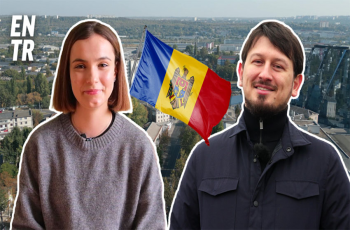
Moldovan youth is more than ready to join the EU
2024-04-18 -

UN says solutions exist to rapidly ease debt burden of poor nations
2024-04-18 -
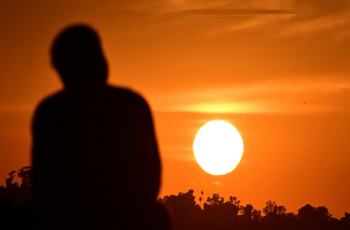
'Human-induced' climate change behind deadly Sahel heatwave: study
2024-04-18 -
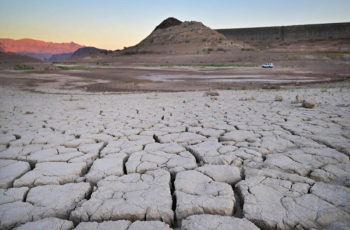
Climate impacts set to cut 2050 global GDP by nearly a fifth
2024-04-18 -
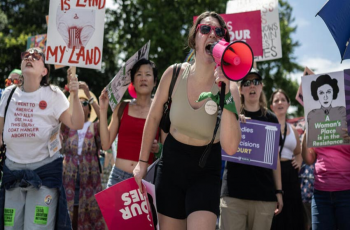
US sterilizations spiked after national right to abortion overturned: study
2024-04-13 -
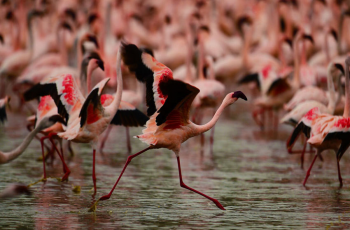
Future of Africa's flamingos threatened by rising lakes: study
2024-04-13 -
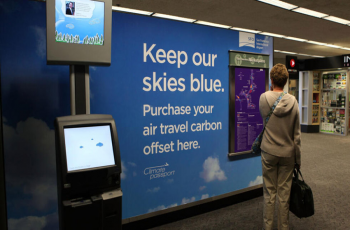
Corporate climate pledge weakened by carbon offsets move
2024-04-11 -
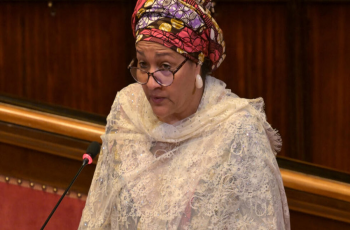
Humanity lost 'moral compass' on Gaza: top UN official
2024-04-10 -

No.1 Scheffler says patience and trust are secrets to success
2024-04-10 -
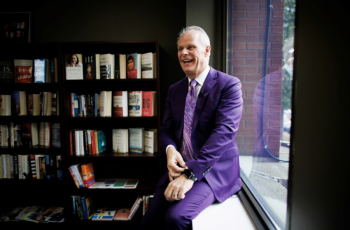
From homeless addict to city chief: the unusual journey of Canadian mayor
2024-04-10
